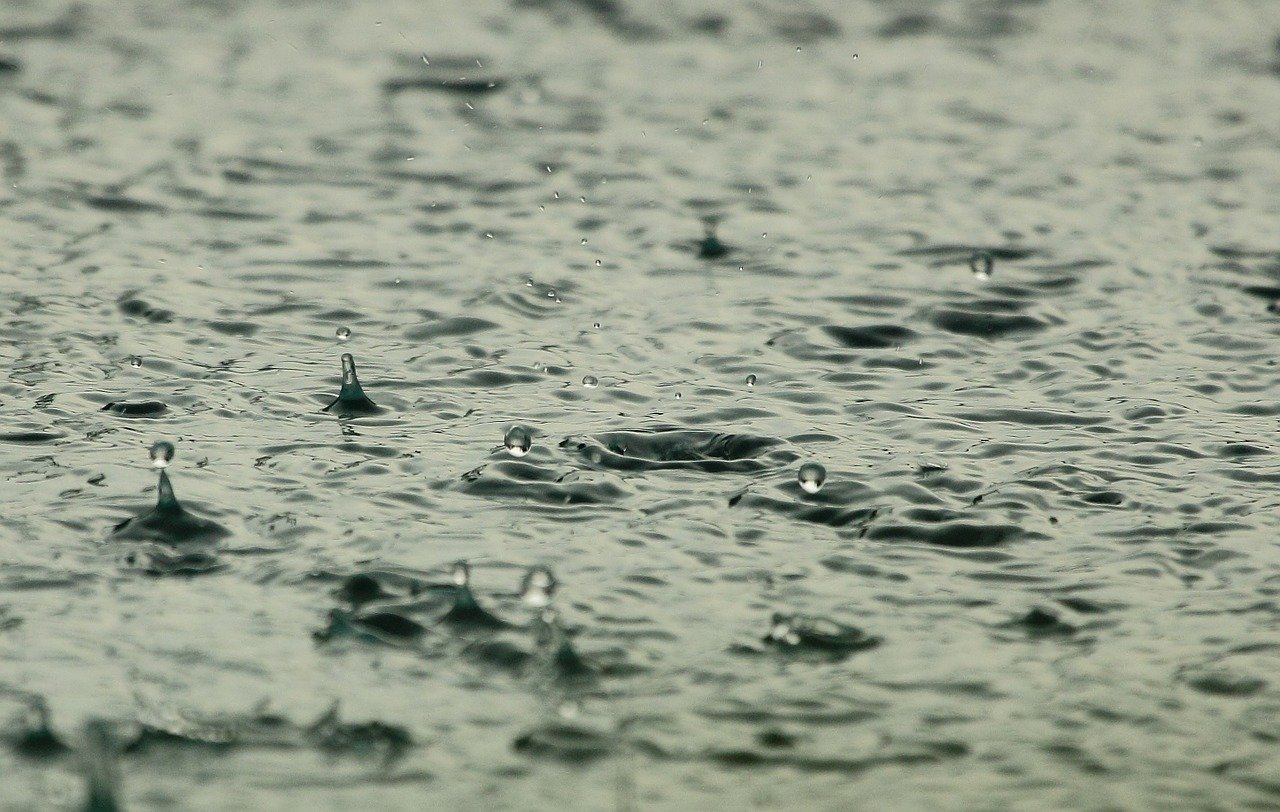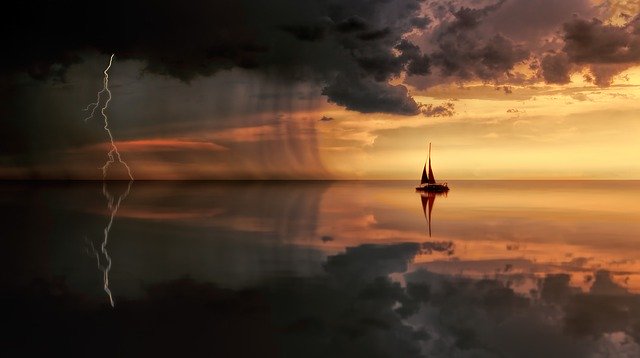How does it rain ?
Plants need it to grow, animals need it to survive, and the human body needs it to stay hydrated and keep functioning. Water is an essential building block to life, and it comes to us from above. Rainwater fills streams, rivers, and lakes. It carries with it the potential for life to flourish. It can turn an arid desert into an oasis; convert a stream to white water rapids in the monsoon season, and breathe life into the harshest places on earth.
So how do clouds form to keep giving us the essential H2O we need? That’s what we’ll find out today, in this episode of The Infographics Show: Why Does It Rain? Clouds are possibly the most interesting and beautiful of all weather phenomena. They form in a wide variety of shapes and sizes but are all made of the same thing..water. Though we may not notice it, almost all the air around us is moist because it contains water in vapor. You can’t see the water vapor because it’s a gas, but it is still there.

Water can be either solid as ice, liquid like water, or gas, a vapor. Vapor has no smell, and it’s invisible. But you can feel it. Imagine a hot and sticky day in summer or a cold foggy day in winter. Those sensations are water vapor. If you put steam or vapor under the microscope, you would see millions of tiny water droplets floating in the air. This is the same process that forms clouds – millions of tiny water droplets condensing out of the air to form liquid water. But why does water condense out of the air and become visible as a cloud? Warm air holds water vapor better than cool air, so when warm air starts to cool, it can no longer hold as much of the vapor.
The extra water vapor has to go somewhere. It condenses out as water. To see this in action, go outside and stare up at a cloud. Be patient but keep watching the cloud, especially it’s edges. You will see the edges change, either growing larger or getting smaller. This is cloud formation in action. The cloud grows because more of those water droplets are condensing out of the air. And when it shrinks, you see the droplets evaporating or changing from visible liquid water into invisible water vapor. But not every cloud has rain pouring out of it. So, how does the formation of a cloud become actual rain?
For the rain to be produced, the water condensing in the clouds has to become so heavy that it will fall to Earth, or else the tiny droplets will stay suspended in the cloud, in the same way we see fog hang there. To become heavier, the droplets need to grow into drops, and to do this; they have to acquire more water and become larger. As the droplets collide, some will combine and become larger, and others will grow as more water condenses out the air directly into the droplet until they become condensed and heavy enough to fall to the Earth as rain. Or if the weather is very cold, the tiny droplets freeze and fall as snow, hail, or sleet. So, there you go – that’s what a cloud is and how it creates rain. But what causes the air to cool in the first place? We mentioned earlier that cooling the air reduces its ability to hold water and triggers water droplets’ formation. To create clouds and to have rain, the air has to be cooled. Most of the science journals we looked at state that there are three main ways to happen.

These are known as relief rain, frontal rain, and convectional rain. Let’s take a look at how each of these works. Relief rain, sometimes referred to as orographic rain, is caused when air is forced to cool as it rises over a physical obstruction, such as a mountain range or big hills. As the warm air rises over the obstruction, it cools, and clouds form. Relief rain is common in mountainous areas where it can lead to more extreme local rainfall patterns because the rain clouds form very quickly.
One side of a mountain is often warm and sunny, and the other side, only a few hundred feet away, is wet and rainy. Frontal rain develops when two air bodies, an area of warm air and an area of cool air, meet. The colder air mass is heavier than, the warmer air, and so the lighter, warmer air rises over the top of the heavier, cooler air. As the warmer air rises over the cold air, it also starts to cool, condensation occurs, and the cloud forming process begins, leading to rain. Where frontal rain develops, skies are typically grey and mostly covered by clouds. And finally convectional rain.
On a warm day, the sunshine heats the ground, and the air above is also warmed, causing it to expand and rise. As it continues to warm, it absorbs more water because, as we mentioned before, warm air can hold more water than cool air. But as it rises, the temperature starts to drop again because the atmosphere gets cooler as you go higher – by roughly one-degree centigrade for every 100m of altitude. When the air reaches a height where the temperature forces the water vapor to start condensing, clouds begin to form. Clouds formed this way are called cumulus clouds, or cumulonimbus clouds, and they usually lead to very heavy rain, often with thunder and lightning. Convectional rain is experienced at the end of a hot summer day, like when the air feels heavy, and we can tell a storm is brewing.
So, that’s the process of clouds forming. Clouds cool the Earth’s surface by reflecting sunlight, and they supply water that is essential for the survival of plants, animals, and us humans. Have you experienced extreme or severe rain, when the water we need turns from friend to foe?




